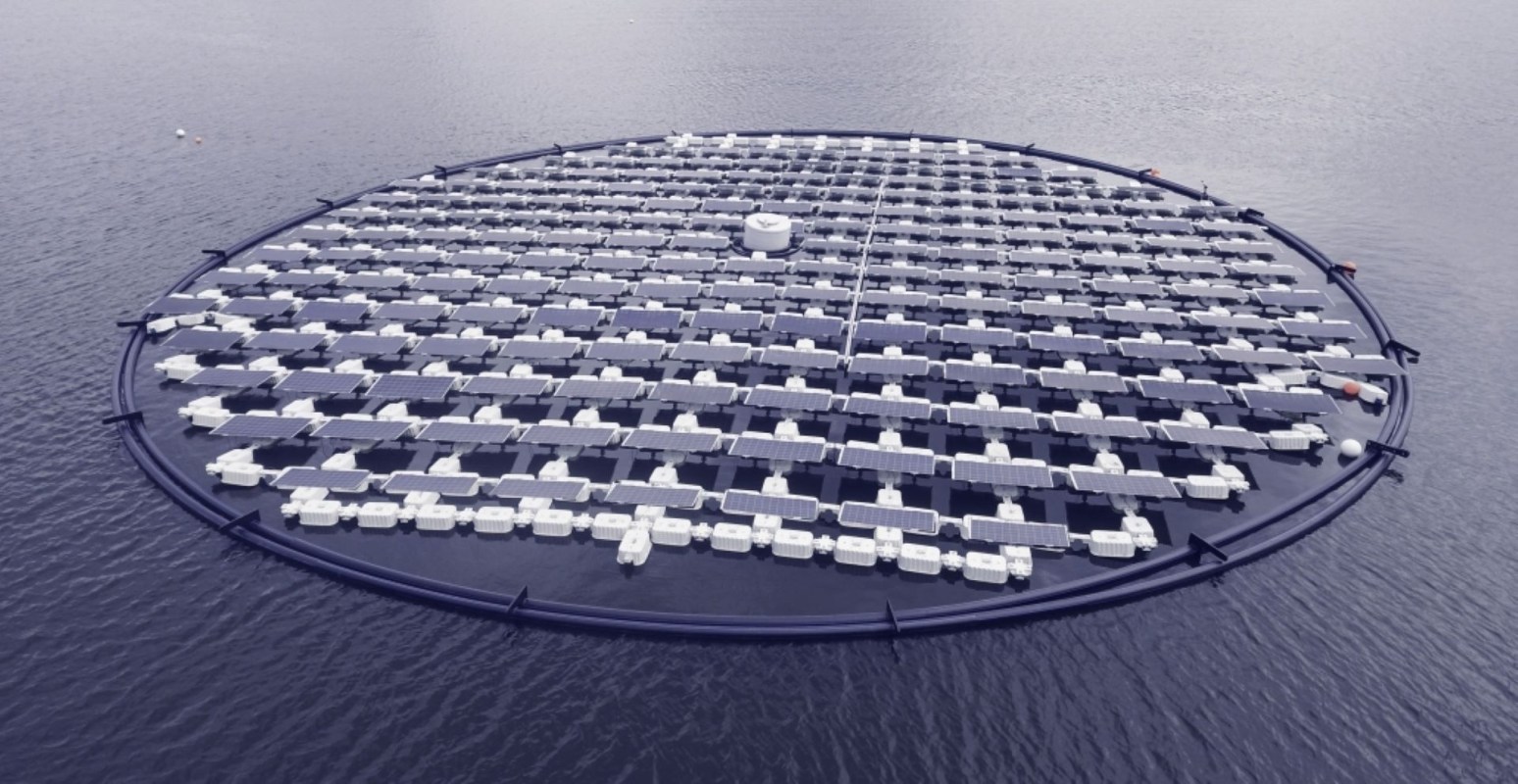SolarisFloat, a Portuguese company, has created a floating system of solar panels that move with the sun.
According to Interesting Engineering, the new system is essentially a floating "island" with electric engines and different axis designs that allow it to maximize its efficiency when absorbing the sun's rays.
According to the BBC, the Protevs (as SolarisFloat spells the device's name) was installed in the Dutch lake Oostvoornse Meer and has 180 moving panels that combine for a total of 73 kilowatts of peak power. The panels are also double-sided.
The Protevs+ takes up 15,543 square feet, with a diameter of about 125 feet. The model's panels move vertically with dual-axis tracking, according to Interesting Engineering. The Protevs Single360 only has a single axis but has 360 modules that combine for a kilowatt peak of 147.
SolarisFloat claims that the shadows created by the floating system on the lake also reduce the evaporation of the lake's water by 60% and cut down on the amount of algae in the lake, which would have a positive effect on the water quality.
Clean energy sources like solar and wind are essential in curbing the dangerous overheating of our planet, as dirty energy sources like oil and coal directly contribute to the pollution that causes the Earth to overheat.
For example, one car typically produces over 5 tons of carbon pollution per year, whereas an electric car produces zero tailpipe emissions. To reduce the overheating of the planet, we must invest in clean energy projects that make solar and wind power more efficient and accessible.
One particular advantage to installing solar farms on bodies of water stems from the fact that solar power systems require vast areas of space that often exceed the amount of land needed to produce equivalent power from dirty energy sources. Interesting Engineering states that solar farms need 40-45 times the amount of land as equivalent coal plants and 90-100 times the amount of land needed for gas.
By putting solar panels on water, companies don't impede physical space that could be occupied by buildings, agriculture, or other forms of energy manufacturing.
Join our free newsletter for weekly updates on the coolest innovations improving our lives and saving our planet.









